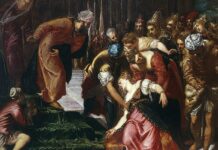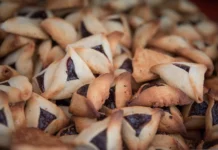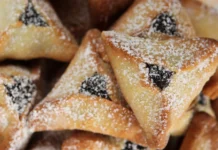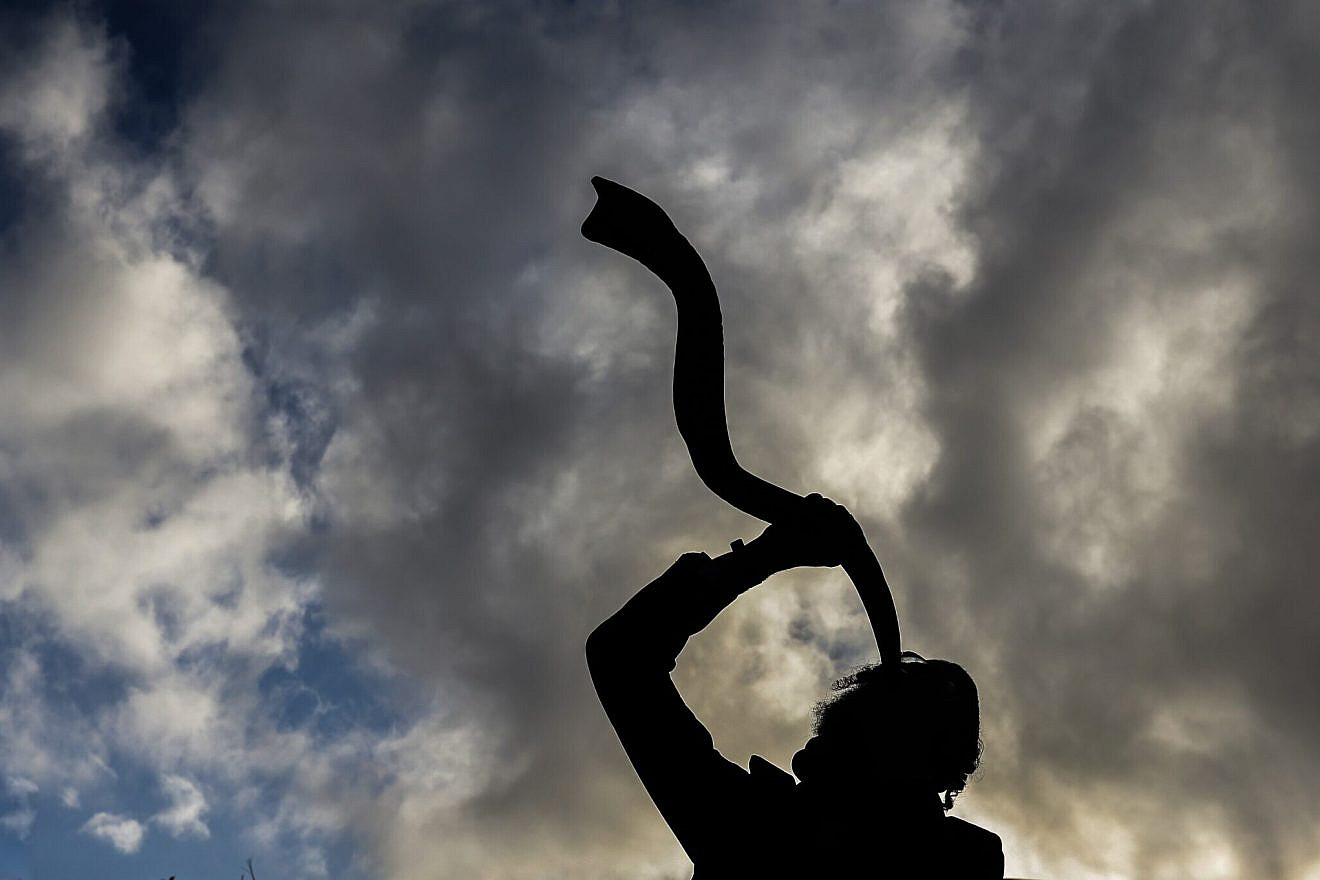An exhibition at the Biblical Museum of Natural History in Beit Shemesh explores the world of shofars, showcasing one of the largest global collections of the quintessential Jewish instruments.
The display includes straight, curved, spiral and even impractical shofars of every size and shape, originating from myriad creatures—from the more traditional ram, ibex and goat, to huge shofars made from spectacular sable and waterbuck antelope, as well as a surprisingly strong shofar made from an unusual creature called an East Caucasian tur.
The exhibit also features the spiral horns of the kudu antelope from Africa—the traditionally preferred shofars in certain Yemenite communities.
Traditionally, shofars used on Rosh Hashanah are made from ram (adult male sheep) horns.
People have used horns to make shofars for millennia—but while every shofar is made of a horn, not all horns are suitable for making a shofar.
Some 135 animal species have hollow horns. After excluding a handful of species of domestic and wild cattle and straight-horned species, there are still more than a hundred species with curved horns that may be used. However, with the exception of the domestic sheep, gemsbok and kudu, no shofars from these species are commercially available.


























